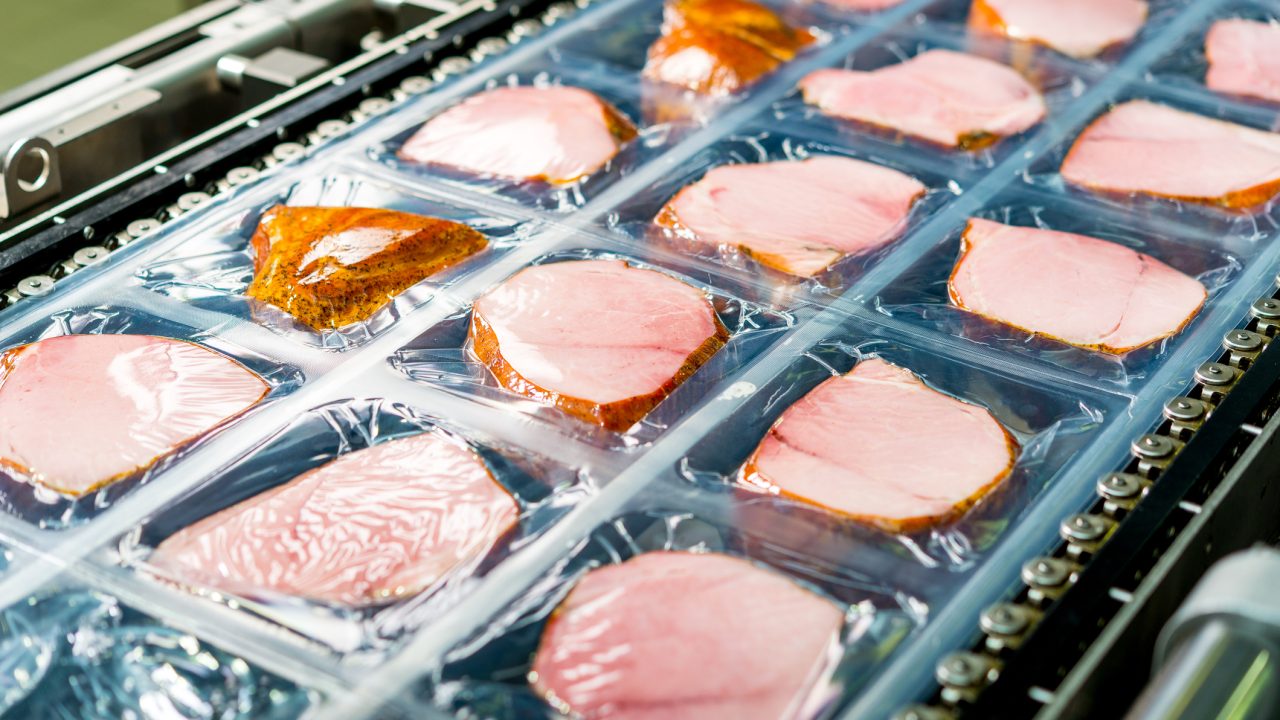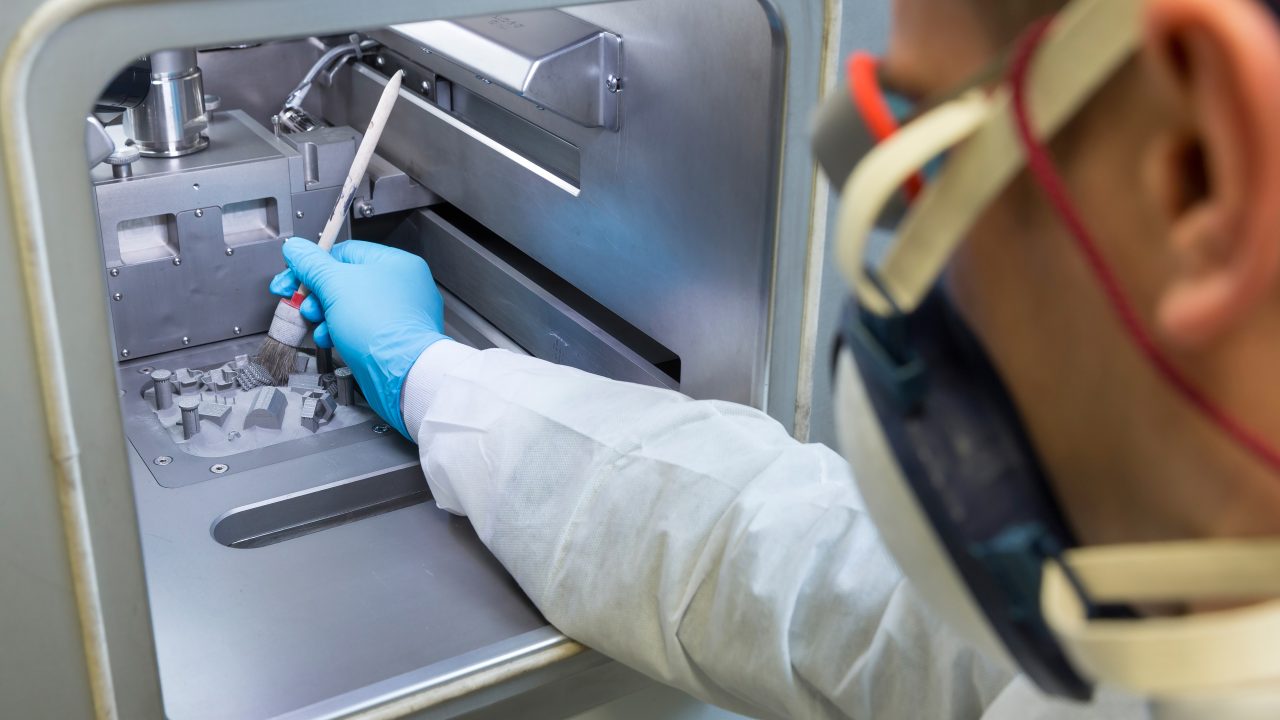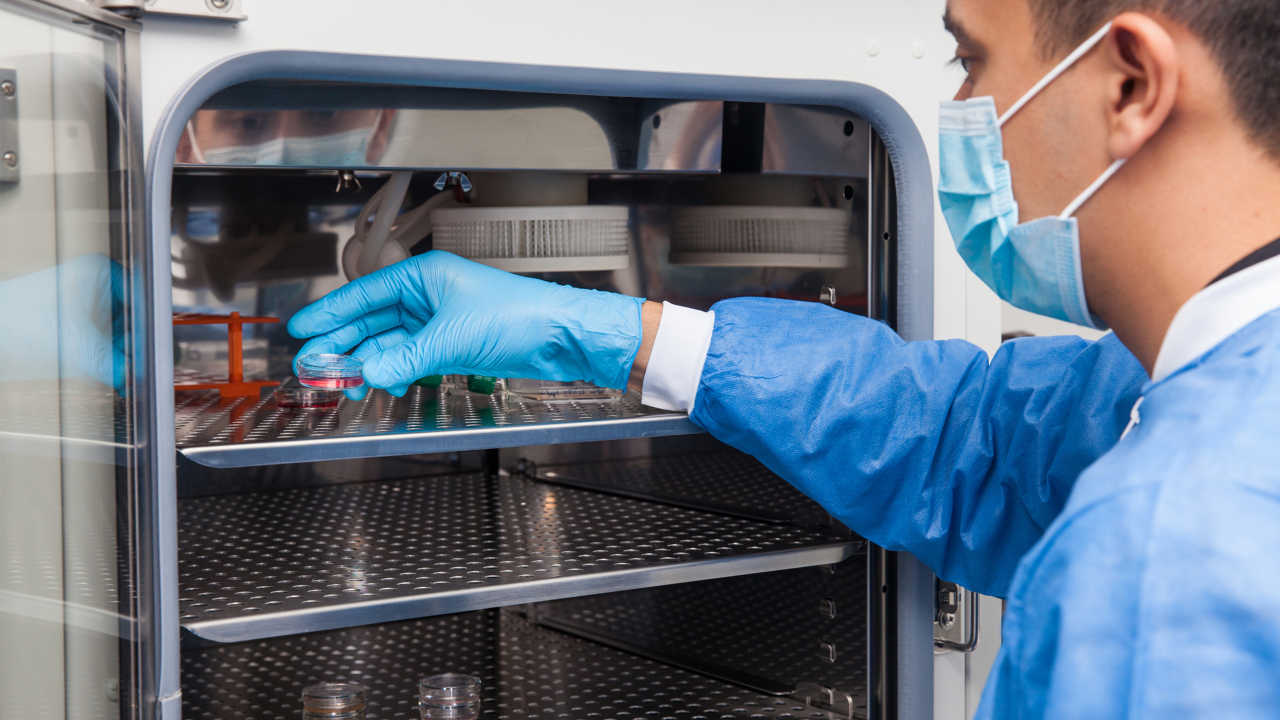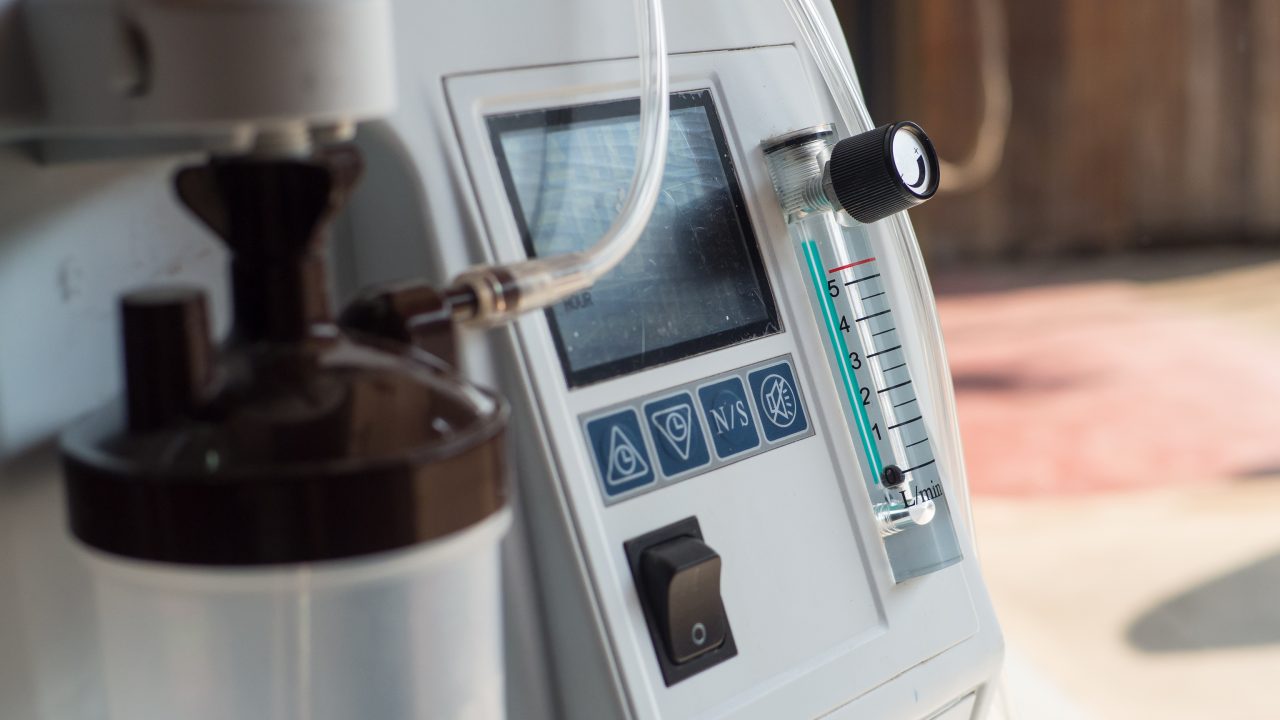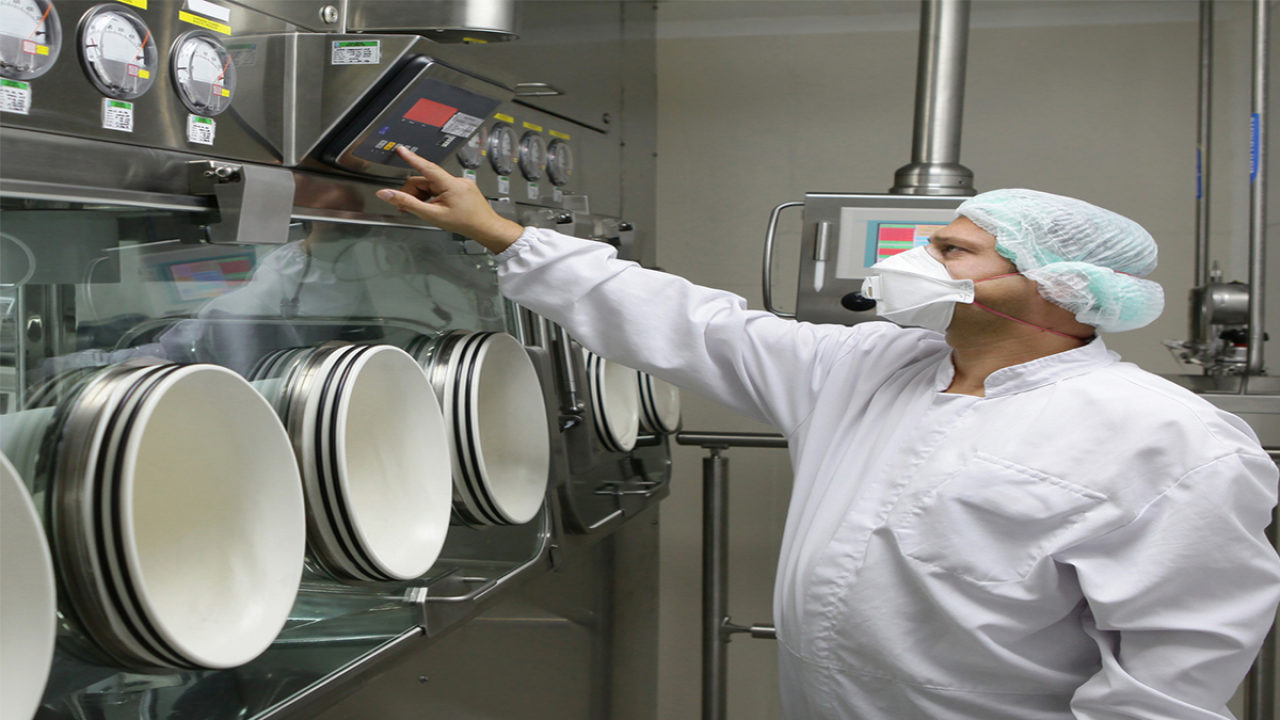
Glove boxes are essential in the pharmaceutical, aerospace, electronics, and scientific research industries. These sealed, controlled environments allow the safe handling of air-sensitive, toxic, or hazardous materials by replacing oxygen and moisture with inert gases like nitrogen (N₂), helium (He), or argon (Ar). Maintaining precise atmospheric conditions ensures operator safety, material protection, and process integrity.
Oxygen sensors are key to ensuring the stability of these specialized environments. Sensore’s oxygen sensors provide real-time monitoring of oxygen levels, ensuring that glove boxes maintain optimal conditions for safety, quality, and efficiency. Contamination, compromised product quality, or hazardous working conditions could occur without accurate oxygen measurement.
Why Oxygen Sensors Are Critical for Glove Boxes
- Maintaining an Inert Atmosphere
Many industrial and scientific processes require oxygen-free environments to prevent unwanted chemical reactions. Oxygen sensors ensure that inert gas purging effectively removes oxygen, keeping levels within safe thresholds. Any unexpected rise in oxygen may indicate leaks, insufficient purging, or system faults, and Sensore sensors alert operators immediately, allowing for swift corrective action.
- Enhancing Safety for Operators and Processes
Controlled oxygen levels are essential when handling flammable or oxygen-sensitive materials. Sensore oxygen sensors help maintain levels below the Lowest Explosion Limit (LEL), reducing the risk of fire or explosion. This is especially critical in the pharmaceutical and chemical industries, where volatile compounds are routinely processed.
- Ensuring Product Quality and Consistency
When exposed to oxygen, materials such as pharmaceutical compounds, semiconductors, and specialty chemicals can degrade or react. Continuous oxygen monitoring preserves product integrity by preventing oxidation, contamination, and loss of efficacy, ensuring consistent quality across batches.
Residual Oxygen Control with Sensore Oxygen Sensors
Initially developed for nuclear research, glove boxes are widely used in diverse technical applications. Sensore provides custom-tailored oxygen sensor solutions to meet today’s stringent requirements for inert atmosphere control.
Sensore oxygen sensors perform two primary functions:
- Protecting operators by detecting harmful gas leaks via negative pressure (low vacuum).
- Safeguarding products by maintaining a contamination-free working atmosphere.
With Sensore sensors, glove boxes can maintain residual oxygen levels as low as 10 ppm O₂, ensuring a controlled and safe environment.
Whether operating in laboratories, medical facilities, or industrial production lines, Sensore’s solutions provide innovative, integrated, and adaptive oxygen monitoring tailored to specific customer requirements.
Advanced Oxygen Sensors: SO-B1 and SO-D1
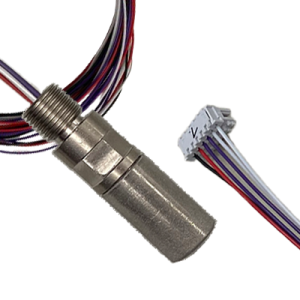
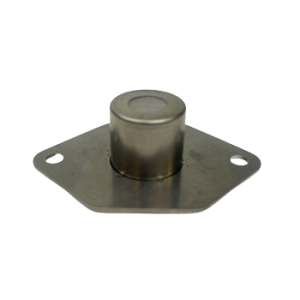
Sensore’s SO-B1 and SO-D1 oxygen sensors deliver precision, durability, and versatility for glove box applications in research, medical, and food processing environments.
Key Features:
- Zirconium Dioxide (ZrO₂) Technology: Accurate oxygen measurement from 1000 ppm to 96% oxygen.
- Yttrium-Stabilized Zirconia: Enhances sensor longevity and performance with a dry electrolyte cell.
- Temperature-Resistant Signals: Provides reliable readings with minimal interference from other gases.
- Long Service Life: Single-point lifetime calibration and low operating temperature (<70°C) reduce maintenance needs.
- Optional Electronics Control Board: Integrates with control systems for precise O₂ gas analysis and industry-standard outputs.
Sensor Models and Applications:
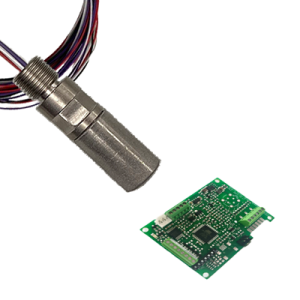
- SO-D1-XXX-AXXXC M10 Thread Oxygen Sensor: High-precision solution for ambient oxygen monitoring and glove box applications.
- Mini Flanged Oxygen Sensors (SO-B1-010 & SO-B1-250): Fast-response, flange-mounted sensors. SO-B1-010 monitors oxygen below 1%, while SO-B1-250 is suitable for applications under 25% O₂.
Benefits of Using Sensore Oxygen Sensors
- Enhanced Process Safety: Prevent fire and explosion risks by maintaining low oxygen levels.
- Product Quality Assurance: Continuous monitoring ensures sensitive materials remain uncontaminated.
- Operational Efficiency: Real-time data allows quick detection of deviations, minimizing downtime.
- Regulatory Compliance: Provides accurate, traceable calibration records for industries with strict oxygen measurement standards.
Choosing the Right Oxygen Sensor for Glove Boxes
Key factors to consider:
- Measurement Accuracy: Ensure precise readings with traceable calibration.
- Response Time: Faster detection speeds up inert atmosphere setup and improves efficiency.
- Reliability and Durability: Long-life sensors with minimal maintenance reduce operational costs.
These considerations guarantee glove boxes operate safely and efficiently for air-sensitive or hazardous material handling.
Conclusion
Oxygen sensors are indispensable for glove box applications, ensuring safe, controlled, and inert environments. Sensore oxygen sensors deliver reliable, high-precision monitoring for laboratories, industrial production, and research facilities by maintaining low oxygen levels, protecting sensitive materials, and enhancing operator safety.
With advanced zirconium dioxide technology, Sensore sensors provide consistent, traceable, and accurate oxygen measurement, meeting the growing demand for high-precision and safe operational environments across industries.
Need help selecting the right sensor?
Contact the Sensore team →
Looking for technical specs?
View our oxygen sensor datasheets →
